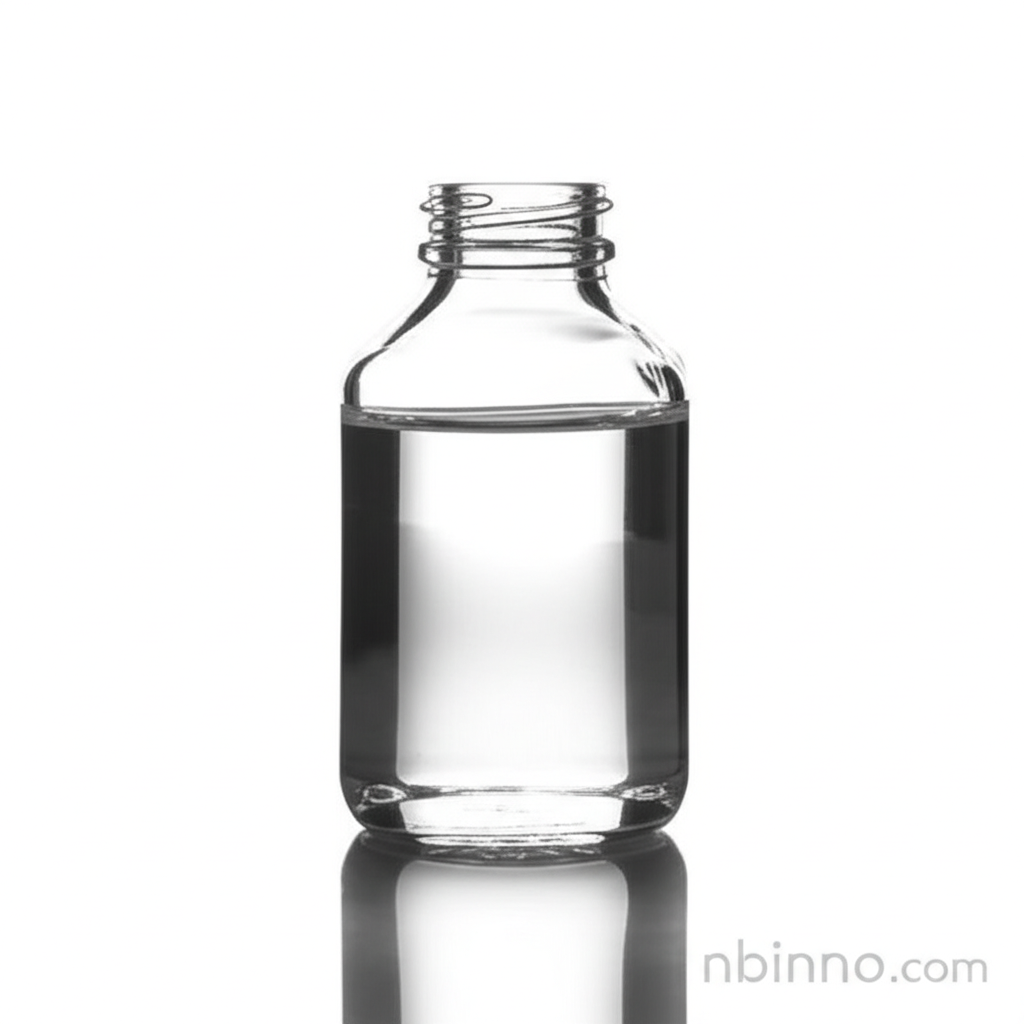Glycidyl Isopropyl Ether: A Key Reactive Diluent for Epoxy Resin Applications
Enhance your epoxy formulations with our high-purity Glycidyl Isopropyl Ether, the ideal solution for viscosity and performance.
Get a Quote & SampleProduct Core Value

Glycidyl Isopropyl Ether
Glycidyl Isopropyl Ether (CAS 4016-14-2) is a vital chemical compound designed to significantly improve the performance and processing of epoxy resins. Its unique molecular structure allows it to act as a reactive diluent, effectively reducing viscosity without compromising the integrity of the final product. This makes it an indispensable component in formulations requiring enhanced flow, better substrate wetting, and improved application ease.
- Leverage Glycidyl Isopropyl Ether for Epoxy Resins to achieve optimal viscosity reduction in your demanding applications.
- Utilize the benefits of Epoxy Resin Diluent CAS 4016-14-2 as a critical intermediate for ether synthesis, expanding your product development capabilities.
- Discover the advantages of using a low viscosity epoxy diluent to streamline your manufacturing processes and improve efficiency.
- Explore the use of this reactive diluent for coatings to enhance finish quality and application performance.
Key Advantages of Glycidyl Isopropyl Ether
Enhanced Processability
As a low viscosity epoxy diluent, it dramatically improves the handling characteristics of epoxy resin systems, facilitating easier mixing and application.
Improved Curing Performance
This reactive diluent actively participates in the curing process, contributing to a robust cross-linked network and influencing the final properties of the cured epoxy.
Versatile Chemical Intermediate
Beyond its role as an epoxy resin diluent, it serves as a valuable intermediate for the synthesis of various ethers and esters, opening avenues for new chemical development.
Key Applications
Epoxy Resin Formulation
A primary use of Glycidyl Isopropyl Ether is as a reactive diluent for epoxy resins, reducing viscosity and improving handling in applications like coatings and adhesives.
Organic Synthesis
It acts as a crucial intermediate for the synthesis of ethers and esters, supporting the development of new materials and specialty chemicals.
Stabilization
The compound serves as a stabilizer for various organic compounds, contributing to their longevity and performance in diverse industrial contexts.
Coatings and Adhesives
Incorporating this reactive diluent for coatings can lead to superior film formation, better adhesion, and enhanced durability in protective and decorative coatings.
